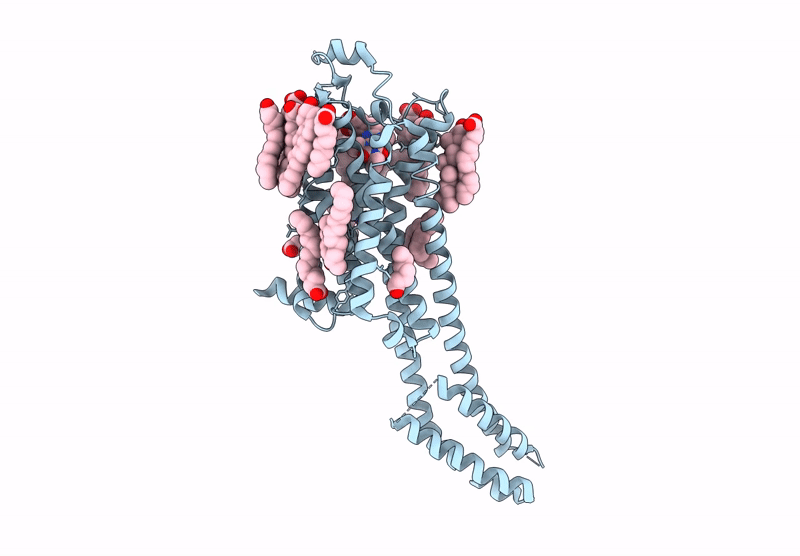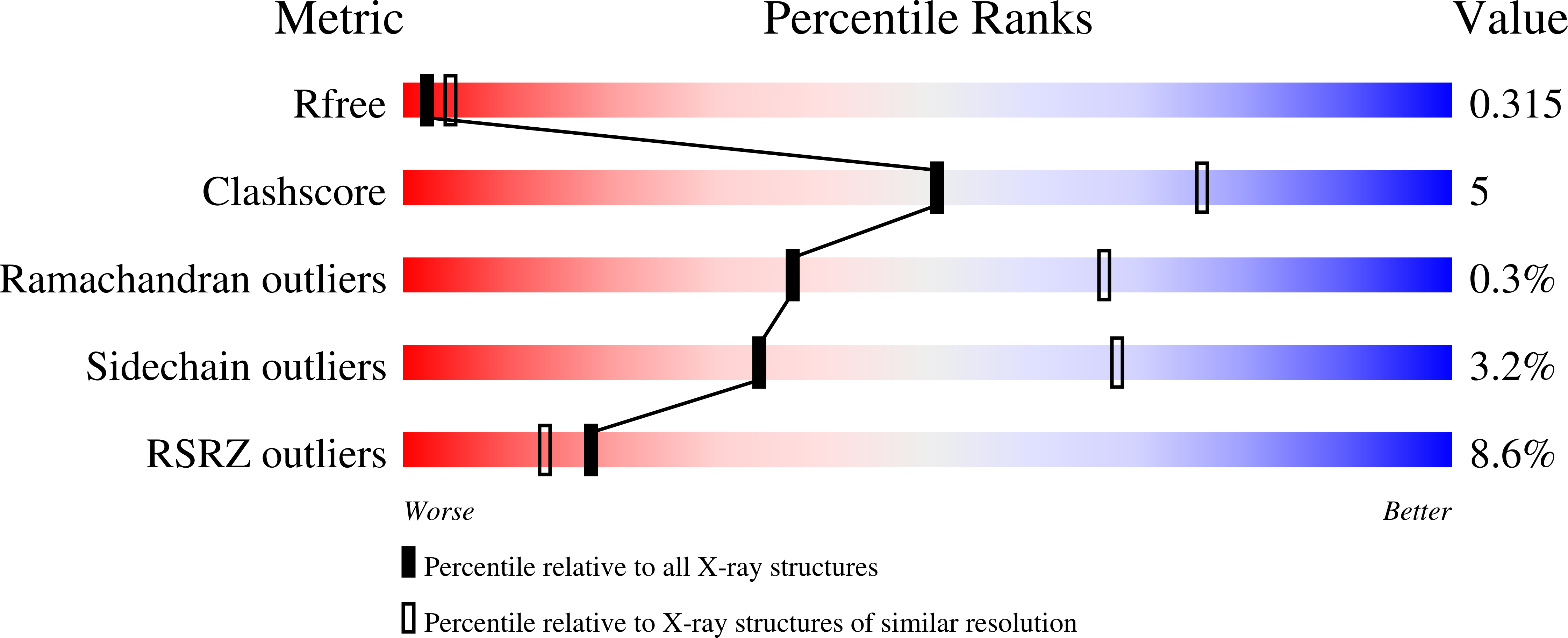
Deposition Date
2024-02-05
Release Date
2025-01-08
Last Version Date
2025-01-08
Entry Detail
PDB ID:
8RWI
Keywords:
Title:
Steady state structure of the human adenosine A2A receptor bound to synthetic photoswitch 'StilSwitch2' determined by serial synchrotron crystallography
Biological Source:
Source Organism:
Homo sapiens (Taxon ID: 9606)
Host Organism:
Method Details:
Experimental Method:
Resolution:
2.80 Å
R-Value Free:
0.31
R-Value Work:
0.27
R-Value Observed:
0.27
Space Group:
C 2 2 21


